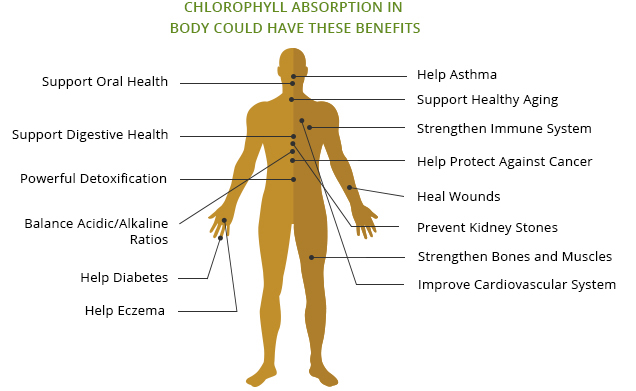Matcha health benefits
Tai-an Tea Co. was founded solely because we truly love traditional Japanese tea culture and we have the upmost respect for Sen Rikyu. Our purpose is to teach the world the history of Matcha in a very traditional manner. Not only has Matcha culturally changed Japan forever but it's also one of the most healthiest beverages in the world. Matter of fact, Matcha is the healthiest tea on Earth. Matcha was originally used as medication during the Tang Dynasty. Matcha was first served to Monks and Samurai because it was said to give them focused energy during meditation and alertness during battle. Why did Tea Masters believe this plant could provide such affirmation?
First of all, Matcha has a very special harvesting process that is unlike any other type of tea. Many of its health benefits are present because of the procedures and techniques required by tea farmers.
When we drink Matcha, we are consuming the entire leaf (no stems). This is unique to only Matcha and the main reason Matcha sets the bar so high compared to other types of green tea. Plus Matcha leaves are shaded for about 3 weeks before harvest. This allows the plant to produce high levels of L-Theanine and Chlorophyll.
Antioxidant value (ORAC)
Antioxidants are powerful substances that fight off and sometimes prevents oxidation. Antioxidants are common in fresh vegetables and fruits. Obviously, Antioxidants are vital for our bodies. In regards to green tea, we call these Antioxidants Catechins. The Catechin called Epigallocatechin-3-Gallate (EGCG) is a special Catechin found in green tea. EGCG makes up 59% of the Antioxidant content found in green tea.
Since Matcha is the entire leaf grounded into powder, it's much more concentrated than any other type of green tea.
1 cup of Matcha is equivalent to 10 cups
1 cup of Matcha is equivalent to 10 cups of regular brewed green tea in regards to overall nutritional content. Amazingly, Matcha also contains 137x more antioxidants than regular brewed green tea.

Source: Journal of Agriculture and Food Chemistry, Antioxidant Capacities of Common Foods in the USA.
CHLOROPHYLL - PRISTINE GREEN
Chlorophyll is responsible for the absorption of light to provide energy during photosynthesis. In laymen terms, this green pigment provides life and heals our bodies. Chlorophyll is what gives the green pigment to vegetables and other plants. The color green reflects the epitome of health and nutrition. Matcha has a very high amount of Chlorophyll content because of the sun shading process farmers follow during harvest time. This is one of the most important factors that gives Matcha its pristine color, smell, and taste.
Chlorophyll is noted around the world as a "superfood", that offers powerful nutritional content.


CAFFEINE PROPERTIES IN MATCHA
Matcha actually has a higher amount of caffeine compared to a normal cup of brewed green tea.
Fortunately, caffeine in Matcha is digested much slower into the body because of the high concentration of chlorophyll and Amino acids. Matcha also has a compound called Tannin. Tannin also aids in releasing caffeine into the body between 4-6 hours respectively. Matcha will not give you the jitter feeling or the crash that coffee produces. Matcha provides a focused energy throughout most of your day.
I don't recommend drinking Matcha after 5 pm due to the fact that the caffeine is absorbed slower into the blood stream. This effect might make it hard for some people to fall asleep at night.
CAFFEINE COMPARISONS
Tea
Matcha - 70mg
Loose Leaf Green Tea - 25-40mg
White Tea - 28mg
Black Tea - 14-70mg
COFFEE
Brewed Coffee - 95-200mg
Espresso - 75mg
Single Brewed - 75-150mg
Latte - 65-175mg
These statements have not been evaluated by the Food and Drug Administration. These products are not intended to diagnose, treat, cure or prevent any disease.

